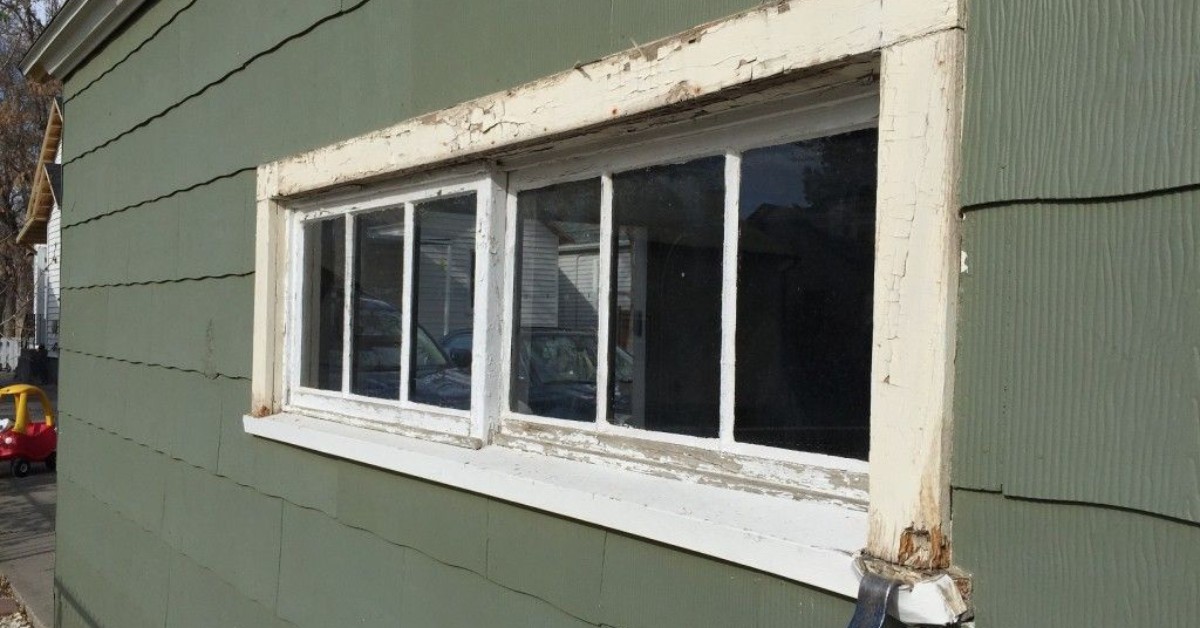

Articles
How To Deal With Asbestos Siding
Modified: March 21, 2024
Learn effective strategies and tips for handling asbestos siding safely with our informative articles. Protect your health and property today.
(Many of the links in this article redirect to a specific reviewed product. Your purchase of these products through affiliate links helps to generate commission for Storables.com, at no extra cost. Learn more)
Introduction
Welcome to this comprehensive guide on how to deal with asbestos siding. Asbestos, a naturally occurring mineral, was commonly used in the construction industry due to its strength, durability, and fire-resistant properties. It was widely used for siding in homes and buildings until its harmful health effects were discovered. Exposure to asbestos fibers can lead to serious respiratory diseases, including lung cancer and mesothelioma.
Understanding the risks associated with asbestos siding is crucial in order to protect yourself and your loved ones. This article will provide you with valuable information on identifying asbestos siding, taking necessary safety precautions, and choosing the appropriate methods for removal or encapsulation.
Identifying the presence of asbestos siding in your home is the first step in ensuring the safety of your household. Knowing how to spot asbestos siding and being aware of its potential health risks will empower you to make informed decisions about handling and removing it.
Safety precautions are paramount when dealing with asbestos siding. Hiring trained professionals who specialize in asbestos removal is highly recommended, as they have the necessary knowledge, experience, and equipment to handle the material safely. However, if you prefer to tackle the task yourself, it is crucial to follow strict guidelines to minimize the risk of exposure.
Disposing of asbestos siding properly is of utmost importance to protect the environment and prevent further exposure. The regulations surrounding the disposal of asbestos vary depending on your location, so it is essential to familiarize yourself with the local regulations and guidelines.
Finally, this article will provide you with invaluable tips on how to maintain and repair asbestos-free siding. By implementing regular maintenance practices and promptly addressing any issues that arise, you can ensure the longevity and aesthetic appeal of your home’s exterior.
By following the information provided in this guide, you will be equipped to protect yourself and your home from the hazards associated with asbestos siding. With the right knowledge and approach, you can effectively deal with asbestos siding and create a safer living environment for you and your family.
Key Takeaways:
- Prioritize safety and professional assistance when dealing with asbestos siding. Always wear protective gear, follow strict guidelines, and consider hiring experts for removal to minimize health risks and ensure proper handling.
- Proper identification, encapsulation, or professional removal of asbestos siding is crucial for creating a safer living environment. Adhere to disposal regulations and maintain asbestos-free siding for long-term protection.
Read more: What Is Asbestos Siding
Understanding Asbestos Siding
Asbestos siding was a popular choice for residential and commercial buildings in the mid-20th century due to its durability and fire-resistant properties. It was commonly used in the construction of homes, particularly in siding materials.
Asbestos, a naturally occurring mineral, consists of microscopic fibers that are resistant to heat, fire, and chemicals. These fibers were mixed with cement or other materials to create siding that was strong and long-lasting.
Asbestos siding comes in various forms, including shingles, clapboards, and panels. It is typically gray or white in color, and its fibrous texture sets it apart from other siding materials. However, it is important to note that asbestos siding cannot be identified solely by its visual appearance; it requires further testing to confirm its presence.
While asbestos siding was once a popular choice due to its advantageous properties, it poses significant health risks. When disturbed, asbestos fibers can become airborne and inhaled, leading to a range of respiratory diseases. Prolonged exposure to asbestos fibers can cause lung cancer, mesothelioma, and asbestosis.
It is essential to exercise caution when dealing with asbestos siding and to take necessary steps to ensure the safety of yourself and others. Identifying the presence of asbestos siding in your home is the first step in protecting your household from potential health hazards.
If you suspect that your home has asbestos siding, do not attempt to remove or disturb it yourself. Instead, contact a professional asbestos inspector or licensed abatement contractor to conduct a thorough inspection and carry out any necessary testing. They will collect samples of the siding and send them to a laboratory for analysis.
Remember, asbestos siding is not dangerous as long as it remains intact and undisturbed. If it is in good condition, it is generally considered safe to leave it in place. However, if the siding is damaged, deteriorating, or you are planning any renovations or remodeling projects that may involve the siding, it is essential to take appropriate safety measures.
Now that you have a general understanding of asbestos siding, the next step is to learn about the health risks associated with it. By being aware of the potential dangers, you can take the necessary precautions to protect yourself and your loved ones.
Health Risks Associated with Asbestos Siding
Asbestos siding may have been a popular choice for its durability and fire resistance, but it poses significant health risks. When asbestos fibers are released into the air and inhaled, they can lodge in the lungs and cause various respiratory diseases. It is crucial to understand the potential health hazards associated with asbestos siding to protect yourself and your loved ones.
Exposure to asbestos fibers can lead to serious health conditions, including lung cancer, mesothelioma, and asbestosis. These diseases usually develop after prolonged exposure to asbestos, and symptoms may not appear until many years later. Even short-term exposure to asbestos can have harmful effects, so it is important to take proactive measures to minimize exposure.
Lung cancer is one of the most serious health risks associated with asbestos exposure. It can develop when asbestos fibers are inhaled and become lodged in the lung tissues. Over time, these fibers can cause cellular changes that lead to the development of cancerous tumors. Smokers who are exposed to asbestos have a significantly higher risk of developing lung cancer than non-smokers.
Mesothelioma is a rare form of cancer that affects the lining of organs, most commonly the lungs. It is directly linked to asbestos exposure, and the inhalation of asbestos fibers is the primary cause of this disease. Unfortunately, mesothelioma is aggressive and often diagnosed in its advanced stages, making treatment challenging.
Asbestosis is a chronic lung condition caused by prolonged exposure to asbestos fibers. When inhaled, these fibers can cause inflammation and scarring in the lung tissues, leading to breathing difficulties. Symptoms of asbestosis may include shortness of breath, coughing, and chest pain. The severity of the condition can vary depending on the extent of asbestos exposure.
It is important to note that the health risks associated with asbestos exposure are not limited to those directly handling or removing asbestos siding. Family members and individuals who live in homes with asbestos siding can also be at risk if the fibers are released into the air.
Due to the serious health risks associated with asbestos siding, it is crucial to take proper precautions when dealing with it. Hiring professionals experienced in asbestos removal is recommended to ensure the safe handling and disposal of the material. If you choose to handle the removal yourself, it is important to follow strict safety guidelines to minimize the risk of exposure.
Now that we have discussed the health risks associated with asbestos siding, the next step is to identify whether your home contains asbestos siding. Understanding how to identify asbestos siding will help you determine the appropriate actions to take for removal or encapsulation.
Identifying Asbestos Siding in Your Home
Identifying whether your home contains asbestos siding is crucial for ensuring the safety of your household. While asbestos siding may have been a popular choice for its durability and fire-resistant properties, it poses serious health risks if disturbed or damaged.
Visual inspection alone is not enough to determine if your home has asbestos siding. Asbestos fibers are microscopic and cannot be detected with the naked eye. Therefore, it is important to approach the identification process with caution and follow proper testing procedures.
If your home was built before the 1980s, there is a higher likelihood that it may contain asbestos siding. However, this is not a definitive indicator, as some homes constructed after this period may still have used asbestos-containing materials.
The best way to identify asbestos siding is through professional testing. Consulting a licensed asbestos inspector or abatement contractor is recommended. They have the expertise and equipment necessary to safely collect samples and send them to a laboratory for analysis.
During the inspection process, the professional will take samples of the siding material to be analyzed under a microscope. This analysis will determine whether the siding contains asbestos fibers and at what concentration. They will provide a detailed report with the results of the testing.
If you prefer to do a preliminary inspection yourself, there are some visual indicators that may suggest the presence of asbestos siding. However, it is important to note that visual inspection alone is not conclusive, and professional testing is necessary for accurate identification.
Asbestos siding is typically gray or white in color. It has a fibrous texture, giving it a unique appearance compared to other siding materials. It may come in different forms, including shingles, clapboards, or panels.
Additionally, older homes with asbestos siding may have a distinct “coffee cup stain” pattern. Over time, water runoff can cause discoloration on the siding, resembling the shape of a coffee cup stain.
It is essential to remember that these visual indicators do not definitively confirm the presence of asbestos. Professional testing is the only way to accurately identify asbestos-containing materials in your home.
By taking the necessary steps to identify asbestos siding in your home, you can make informed decisions regarding its handling or removal. Ensuring the safety of your household and minimizing the risk of asbestos exposure should be the top priority.
Once you have confirmed the presence of asbestos siding, it is crucial to take appropriate safety precautions before proceeding with any removal or repair work. This includes following specific guidelines and regulations to protect yourself and others from potential health hazards.
Safety Precautions before Dealing with Asbestos Siding
Prior to tackling any work involving asbestos siding, it is crucial to prioritize safety and take necessary precautions. Asbestos fibers, when released into the air, can pose serious health risks if inhaled. Here are some essential safety measures to consider before dealing with asbestos siding:
- Educate Yourself: Gain a thorough understanding of the risks associated with asbestos exposure and the proper safety procedures to follow. Familiarize yourself with local regulations and guidelines regarding asbestos handling and removal.
- Protective Gear: Always wear appropriate personal protective equipment (PPE) when working with or around asbestos. This includes disposable coveralls, gloves, eye protection, and a respirator with a HEPA filter designed for asbestos removal.
- Contain the Work Area: Create a sealed-off work area to prevent the spread of asbestos fibers. Use plastic sheeting and tape to seal off the area and cover any openings, vents, or doorways to prevent fibers from escaping. Clearly mark the area with warning signs.
- Minimize Dust: Keep the asbestos-containing materials damp to minimize the release of fibers. Use a misting bottle filled with water to wet the siding before removal or encapsulation. Avoid excessive scrubbing or sanding, as this could generate dust.
- Limit Access: Restrict access to the work area to authorized personnel only. Keep children, pets, and vulnerable individuals away from the area to avoid potential exposure to asbestos fibers.
- Proper Disposal: Asbestos materials must be handled and disposed of correctly to prevent contamination. Contact your local waste management authority to understand the specific regulations for asbestos disposal in your area.
- Work Methodically: Follow proper removal or encapsulation techniques, ensuring that you work methodically and avoid unnecessary disturbances to the asbestos-containing materials. Package the materials securely in leak-tight bags or containers for disposal.
- Clean-Up: After completing the work, thoroughly clean the work area using wet-cleaning techniques. Avoid using vacuum cleaners or brooms, as they can disperse asbestos fibers into the air. Dispose of any contaminated cleaning materials properly.
- Professional Assistance: While DIY methods for asbestos siding removal are possible, it is highly recommended to hire trained professionals who specialize in asbestos abatement. They have the necessary knowledge, experience, and equipment to handle asbestos safely.
Remember, the health risks associated with asbestos exposure are serious, and taking the necessary safety precautions is crucial. If you are unsure or uncomfortable with handling asbestos siding yourself, it is best to seek professional assistance to ensure the proper removal of the material and the safety of your household.
With proper safety measures in place, you can minimize the risk of asbestos exposure and create a safer environment for yourself and your loved ones.
When dealing with asbestos siding, it’s important to avoid sanding, sawing, or drilling it, as this can release harmful fibers. Instead, consider encapsulating or covering the siding to prevent exposure. Always consult a professional for safe removal and disposal.
Read more: How To Tell If Siding Is Asbestos
Hiring Professionals for Asbestos Siding Removal
When it comes to dealing with asbestos siding, hiring professionals for removal is highly recommended. Professional asbestos abatement contractors have the expertise, experience, and equipment necessary to safely and effectively handle the removal process, minimizing the risk of asbestos exposure. Here are some reasons why you should consider hiring professionals for asbestos siding removal:
- Expertise and Training: Licensed asbestos abatement contractors undergo extensive training to become knowledgeable in all aspects of asbestos removal. They are familiar with the proper techniques, safety protocols, and regulations governing the handling and disposal of asbestos-containing materials.
- Safe Handling of Asbestos: Professionals understand the specific risks associated with asbestos and how to handle it safely. They have the necessary protective gear and equipment to minimize the release of asbestos fibers during the removal process.
- Proper Containment: Asbestos abatement contractors know how to set up the appropriate containment measures to prevent the spread of asbestos fibers. They utilize specialized techniques and equipment to create sealed-off work areas and ensure that asbestos is contained within designated zones.
- Thorough Removal Process: Professionals conduct a thorough removal process to ensure all asbestos-containing materials are safely and completely removed. They have the knowledge and experience to identify and address hidden areas or materials that may contain asbestos, including underneath siding or within insulation.
- Compliance with Regulations: Asbestos abatement contractors are well versed in local, state, and federal regulations regarding asbestos handling and disposal. They will ensure that all necessary permits and notifications are obtained, and that the removal process is conducted in accordance with the required guidelines.
- Proper Disposal: Professionals have knowledge of the specific regulations for asbestos disposal and can ensure that the removed materials are packaged and disposed of correctly. They will arrange for the appropriate transportation and disposal at authorized facilities.
- Minimized Risk of Exposure: By hiring professionals, you significantly reduce the risk of asbestos exposure for yourself and your household. They follow strict safety protocols and use containment measures to minimize any potential release of asbestos fibers.
- Peace of Mind: Hiring professionals for asbestos siding removal provides peace of mind that the process is being handled by trained experts. You can be confident that the removal is being carried out safely, ensuring the health and safety of your family and the surrounding environment.
While it is possible to attempt DIY methods for asbestos siding removal, the complexity and potential risks involved make it highly advisable to hire professionals. Protecting yourself and your loved ones from the hazards of asbestos exposure should be the top priority.
By choosing professionals with the necessary expertise and experience, you can ensure that the asbestos siding removal is conducted safely and efficiently, giving you peace of mind and a safer living environment.
DIY Methods for Asbestos Siding Encapsulation
If you prefer not to remove asbestos siding, encapsulation is an alternative method that can help contain and seal the asbestos fibers, reducing the risk of exposure. While it is generally recommended to hire professionals for asbestos-related work, encapsulating asbestos siding is a task that some homeowners may choose to tackle themselves. Here are some DIY methods for asbestos siding encapsulation:
- Inspect and Prepare: Before starting the encapsulation process, thoroughly inspect the asbestos siding for any signs of damage, deterioration, or loose fibers. Address any necessary repairs before proceeding. Wear appropriate personal protective equipment (PPE), including disposable coveralls, gloves, eye protection, and a respirator with a HEPA filter.
- Clean the Surface: Use a gentle cleaning method, such as low-pressure water and mild detergent, to clean the surface of the asbestos siding. Avoid abrasive cleaning techniques that could release asbestos fibers into the air.
- Encapsulating Material: Choose an encapsulating material that is specifically designed for asbestos encapsulation. This may include specialized paints or coatings that can bind and seal the asbestos fibers. Ensure that the product is approved for use on asbestos-containing materials.
- Apply the Encapsulant: Follow the manufacturer’s instructions carefully for applying the encapsulating material. Use a brush or roller to apply a generous coat of the encapsulant directly onto the asbestos siding. Ensure that all areas of the siding are adequately covered.
- Multiple Coats: Depending on the product you are using, it may be necessary to apply multiple coats of the encapsulant for effective encapsulation. Allow each coat to dry completely before applying the next layer, following the manufacturer’s recommended drying time.
- Regular Inspection and Maintenance: Regularly inspect the encapsulated asbestos siding for any signs of damage or deterioration. If any areas become damaged, immediately address the issue and apply a new coat of encapsulant to ensure that the asbestos fibers remain sealed.
- Proper Disposal: If you generate any waste materials during the encapsulation process, it is important to dispose of them properly. Contact your local waste management authority to determine the appropriate procedures for disposing of asbestos-containing materials.
- Consultation and Testing: If you are uncertain about the effectiveness of encapsulating asbestos siding or have concerns about the condition of the siding, it is wise to consult with a licensed asbestos professional. They can provide expert advice, perform tests to assess the encapsulation’s efficacy, and ensure that no further action is required.
While encapsulating asbestos siding can be done as a DIY project, it is essential to emphasize the proper safety precautions, including wearing protective gear and following manufacturer’s instructions. If you are unsure about your ability to safely encapsulate the asbestos siding, it is always best to consult with professionals who specialize in asbestos encapsulation.
Remember, encapsulation is only suitable for intact and non-friable asbestos siding. If the siding is damaged, deteriorating, or you plan on any renovations or remodeling that may disturb the siding, it is recommended to hire professionals for the safe removal of the asbestos-containing materials.
By following these DIY methods for asbestos siding encapsulation, you can help mitigate the risks of asbestos exposure and create a safer living environment for you and your family.
Proper Disposal of Asbestos Siding
Proper disposal of asbestos siding is crucial to protect both the environment and public health. Asbestos is a hazardous material, and special precautions must be taken to ensure its safe handling and disposal. Here are important guidelines to follow for the proper disposal of asbestos siding:
- Check Local Regulations: Before disposing of any asbestos-containing materials, familiarize yourself with the specific regulations and requirements in your local area. Contact your local environmental agency or waste management authority to obtain information on permitted disposal methods and any necessary permits.
- Double-Bagging: Asbestos siding should be carefully double-bagged in leak-tight, puncture-resistant plastic bags. The bags should be specifically designed for asbestos disposal and clearly labeled as containing asbestos. Ensure the bags are sealed tightly with tape to prevent any accidental release of asbestos fibers.
- Protective Gear: Always wear appropriate personal protective equipment (PPE) when handling and bagging asbestos siding. This includes disposable coveralls, gloves, eye protection, and a respirator with a HEPA filter designed for asbestos removal.
- Seal Bags: Once the asbestos siding has been securely bagged, carefully seal the bags with additional tape. This helps further ensure that no fibers can escape during transportation or disposal.
- Transportation: When transporting asbestos siding, take precautions to avoid any potential breakage or damage to the bags. Use a sturdy, enclosed vehicle to prevent the dispersion of fibers. It is advisable to place the bags on a protective tarp or liner in the vehicle to minimize the risk of contamination.
- Authorized Facilities: Dispose of the asbestos siding at authorized facilities that are permitted to handle and dispose of asbestos-containing materials. These facilities are equipped to handle hazardous materials and ensure proper disposal methods.
- Notify and Follow Procedures: Depending on your location, you may be required to notify the appropriate authorities or waste management agency before disposing of asbestos siding. Follow the specific procedures and guidelines provided by your local environmental agency.
- Do Not:
- Dispose of asbestos siding in regular household garbage bins or landfill sites.
- Recycle asbestos siding as regular construction or demolition waste.
- Attempt to burn or incinerate asbestos siding, as this releases hazardous asbestos fibers into the air.
- Seek Professional Assistance: If you are unsure about how to properly dispose of asbestos siding or if you have a significant amount of asbestos-containing materials to remove, it is recommended to seek professional assistance. Licensed asbestos removal contractors can ensure that the disposal process adheres to all necessary regulations and guidelines.
Remember, improper disposal of asbestos siding can have detrimental effects on human health and the environment. It is essential to handle and dispose of asbestos-containing materials responsibly and in accordance with local regulations and guidelines.
By following these proper disposal guidelines, you can contribute to the prevention of asbestos-related health risks and promote a safer and healthier environment.
Maintenance and Repair of Asbestos-Free Siding
Asbestos-free siding offers a safe and durable alternative to asbestos-containing materials. However, it still requires regular maintenance and occasional repairs to ensure its longevity and aesthetic appeal. Here are some essential tips for the maintenance and repair of asbestos-free siding:
- Inspect Regularly: Conduct regular visual inspections of your siding to identify any signs of damage, deterioration, or wear. Look for cracked or broken pieces, loose or missing panels, or any areas where the siding may have become dislodged.
- Clean Regularly: Remove dirt, debris, and mildew from your siding by washing it with a gentle detergent and a soft-bristled brush or sponge. Rinse the siding thoroughly with water, and avoid using abrasive cleaners or scrubbing pads that could scratch or damage the surface.
- Address Mold and Mildew: If you notice the growth of mold or mildew on your siding, it is crucial to address it promptly. Use a mixture of bleach and water, or a commercial mold and mildew cleaner, to eliminate the growth. Follow the manufacturer’s instructions and take proper safety precautions when working with cleaning solutions.
- Repair Loose or Damaged Siding: If you discover loose or damaged siding, it is important to repair it as soon as possible. Secure loose panels by reattaching them with nails or screws, ensuring that they are properly aligned. Replace any cracked or broken pieces to maintain the integrity of the siding.
- Paint or Seal: Depending on the type of siding you have, it may require periodic painting or sealing to protect it from the elements. Follow the manufacturer’s recommendations for the appropriate type of paint or sealant to use and ensure that the surface is clean and dry before applying any coatings.
- Manage Vegetation: Keep vegetation, such as trees, shrubs, and vines, away from your siding. Trim any overhanging branches that may come into contact with or cause damage to the siding. Additionally, regularly remove any weeds or moss that may grow in the vicinity of the siding.
- Inspect for Pest Infestation: Regularly inspect your siding for signs of pest infestation, such as termites or carpenter ants. If you notice any damage or signs of pests, contact a professional pest control service to mitigate the issue promptly.
- Consider Professional Maintenance: If you are unsure about the maintenance or repairs needed for your asbestos-free siding, consider hiring professionals who specialize in siding maintenance. They can provide expert guidance and handle any necessary repairs or maintenance tasks.
Maintaining and repairing your asbestos-free siding not only enhances its appearance but also contributes to its durability and longevity. Regular upkeep ensures that your home remains well-protected from the elements and maintains its value over time.
By following these maintenance and repair tips, you can keep your asbestos-free siding in excellent condition, ensuring that it continues to provide the desired aesthetic appeal and protection for your home.
Conclusion
Dealing with asbestos siding requires careful consideration and adherence to safety measures to protect yourself and your loved ones from the harmful health risks associated with asbestos exposure. Throughout this comprehensive guide, we have covered various aspects of handling asbestos siding, from understanding its risks to identifying and safely removing or encapsulating it.
Asbestos siding, once a popular choice due to its durability and fire-resistant properties, is now known to pose serious health risks. Recognizing the presence of asbestos siding in your home is crucial for taking the necessary steps to address it properly. Professional testing is the most reliable way to identify asbestos siding, as visual inspection alone is not sufficient.
When it comes to working with asbestos siding, safety precautions are paramount. Whether you choose to hire professionals or pursue DIY methods, always wear the appropriate protective gear, contain the work area, and minimize dust to prevent the release of asbestos fibers into the air.
Hiring professionals for asbestos siding removal is highly recommended to ensure the safe and proper handling of the materials. Professional abatement contractors have the knowledge, training, and equipment necessary to carry out the removal process in compliance with regulations.
If removal is not an option, encapsulating asbestos siding can provide an alternative method for containing and sealing the fibers. However, it is crucial to follow safety guidelines and use specialized encapsulating materials approved for asbestos encapsulation.
Proper disposal of asbestos siding is paramount to prevent environmental contamination and additional health risks. Always adhere to local regulations and guidelines for asbestos disposal, double-bagging and sealing asbestos-containing materials securely before transport to authorized facilities.
Maintaining and repairing asbestos-free siding is essential for its longevity and aesthetic appeal. Regular inspections, cleaning, and prompt repairs help to ensure the siding remains in good condition and continues to provide protection for your home.
By following the information and guidelines provided in this guide, you can make informed decisions and take the necessary precautions to effectively deal with asbestos siding. Whether you choose professional assistance or opt for DIY methods, prioritize safety and the well-being of yourself and your family.
Remember, when it comes to asbestos, it is always better to err on the side of caution. Protecting your health and the environment from asbestos exposure should be the top priority. By taking the necessary steps, you can create a safer living environment and enjoy peace of mind for years to come.
Frequently Asked Questions about How To Deal With Asbestos Siding
Was this page helpful?
At Storables.com, we guarantee accurate and reliable information. Our content, validated by Expert Board Contributors, is crafted following stringent Editorial Policies. We're committed to providing you with well-researched, expert-backed insights for all your informational needs.
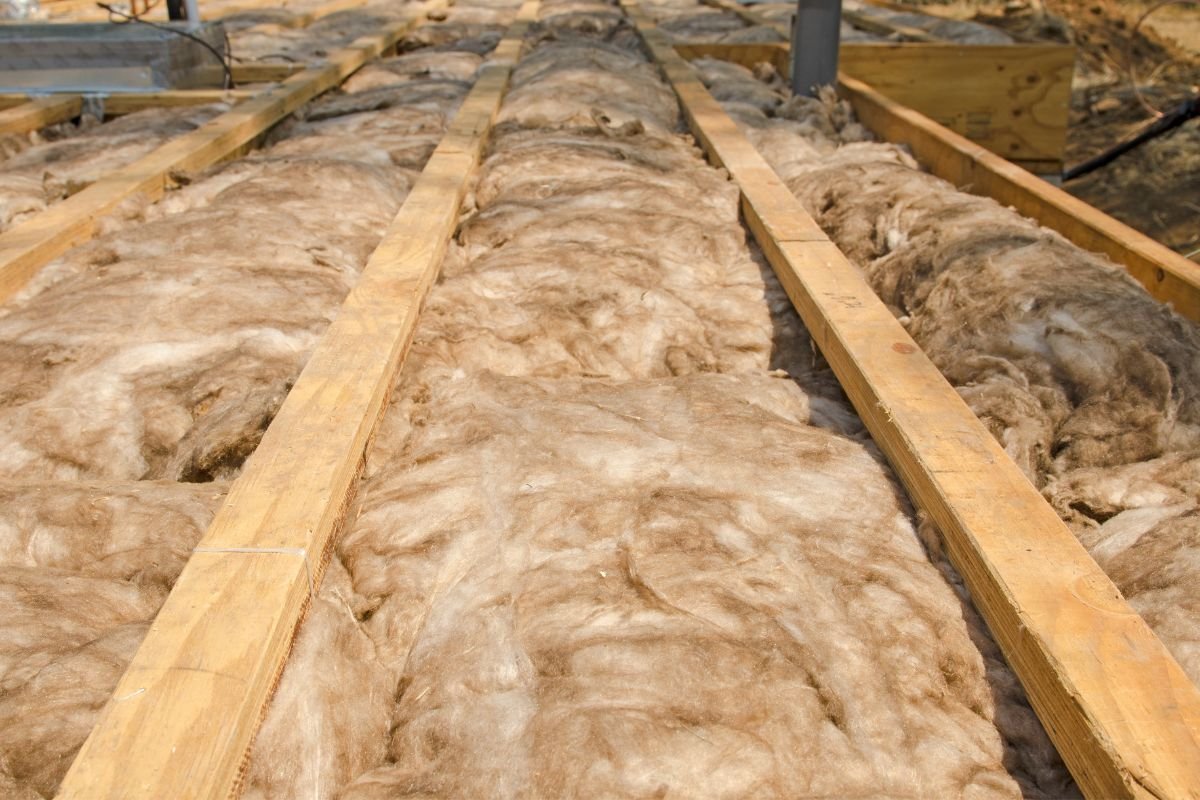


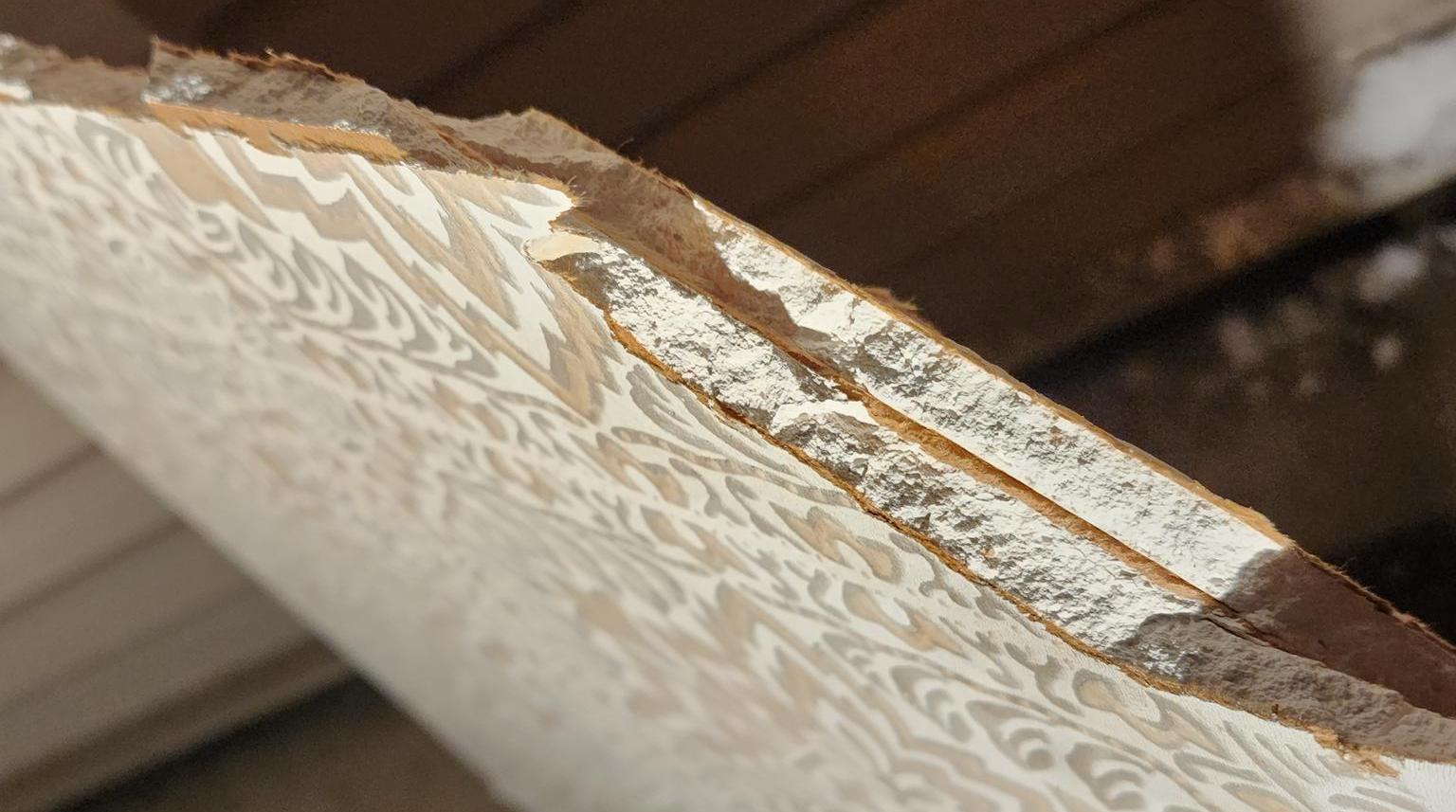
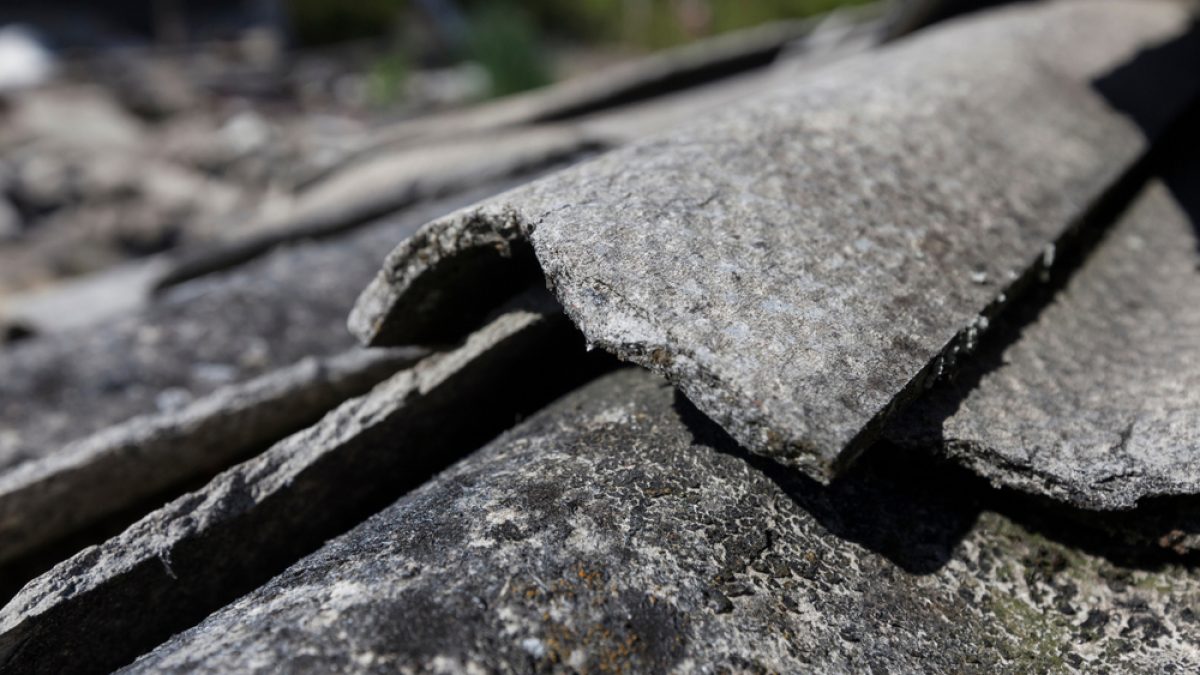
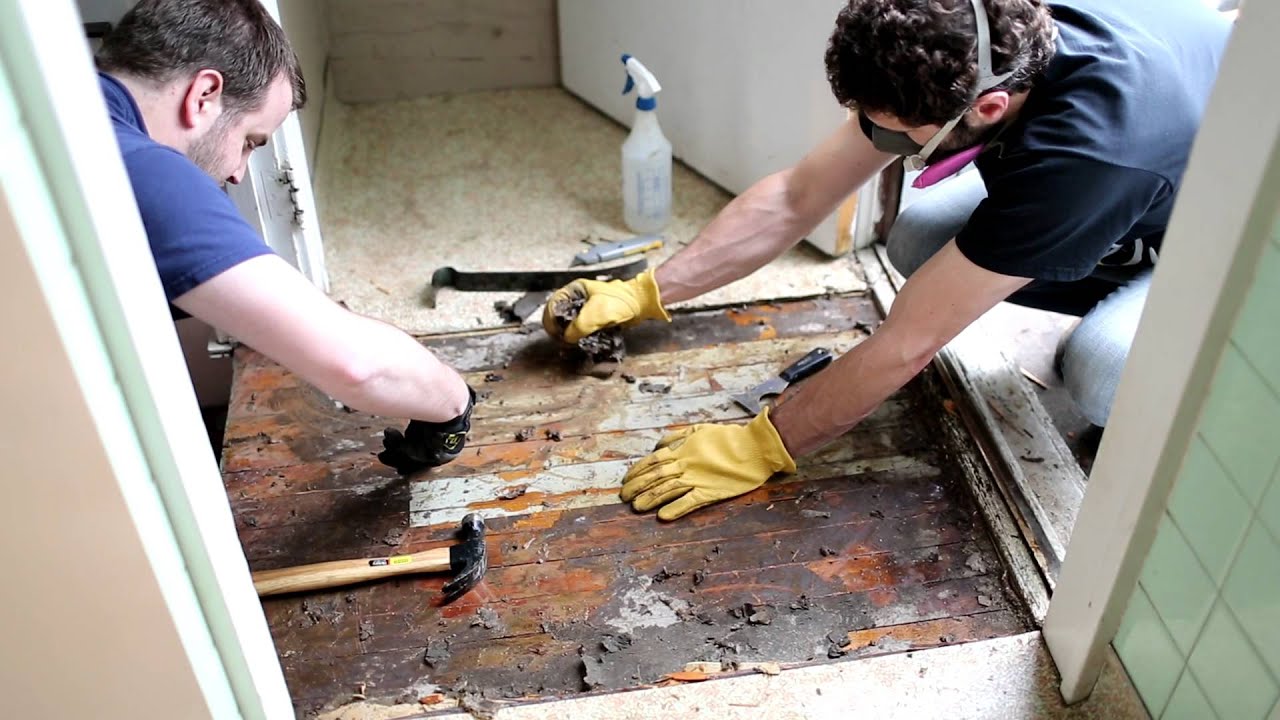
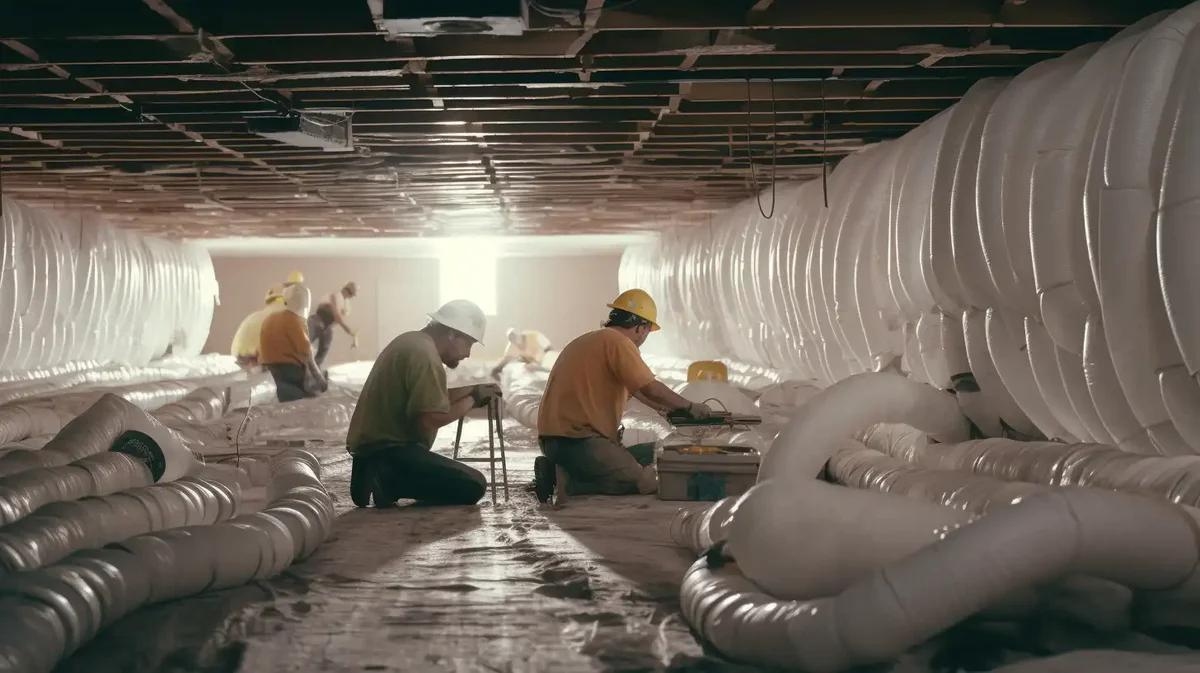
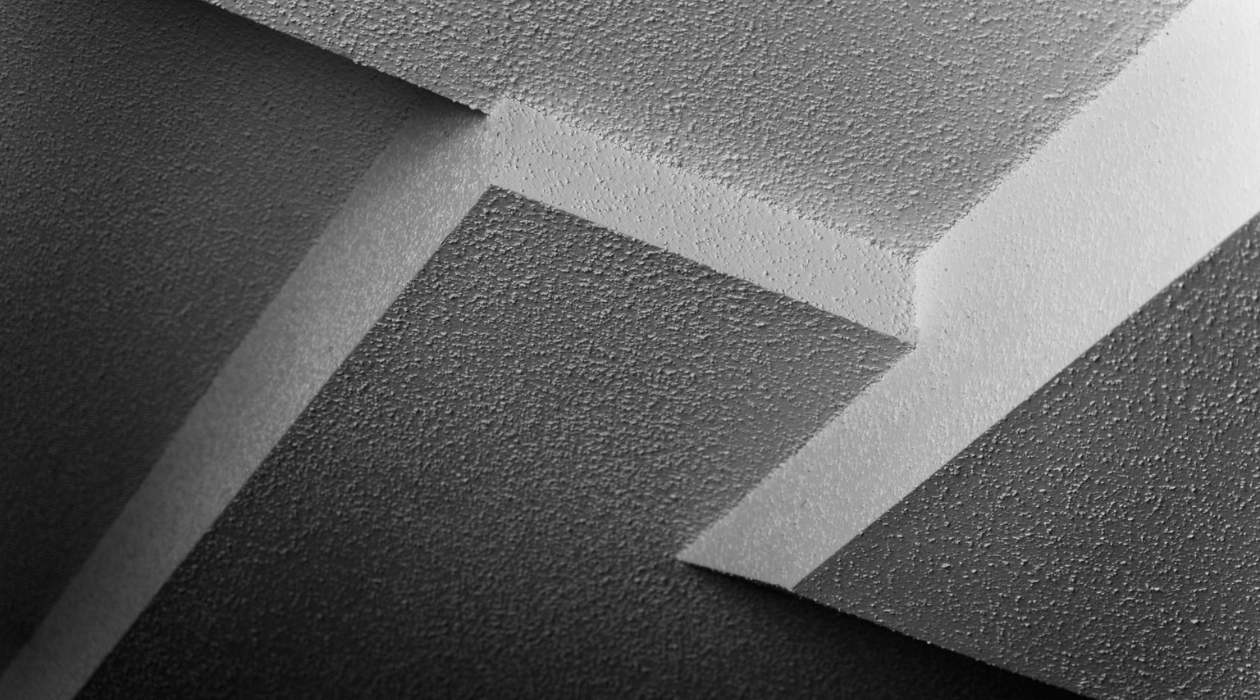
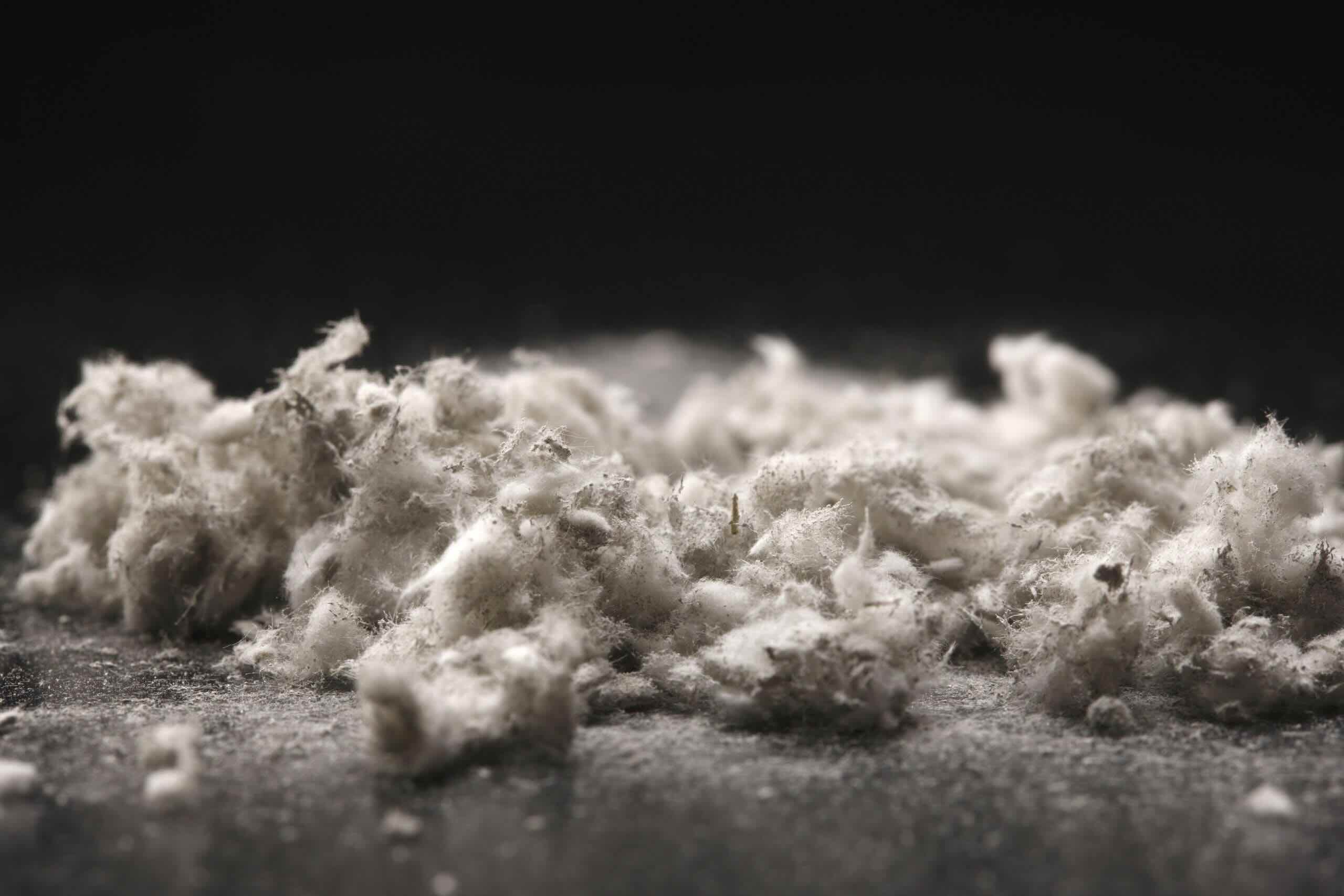
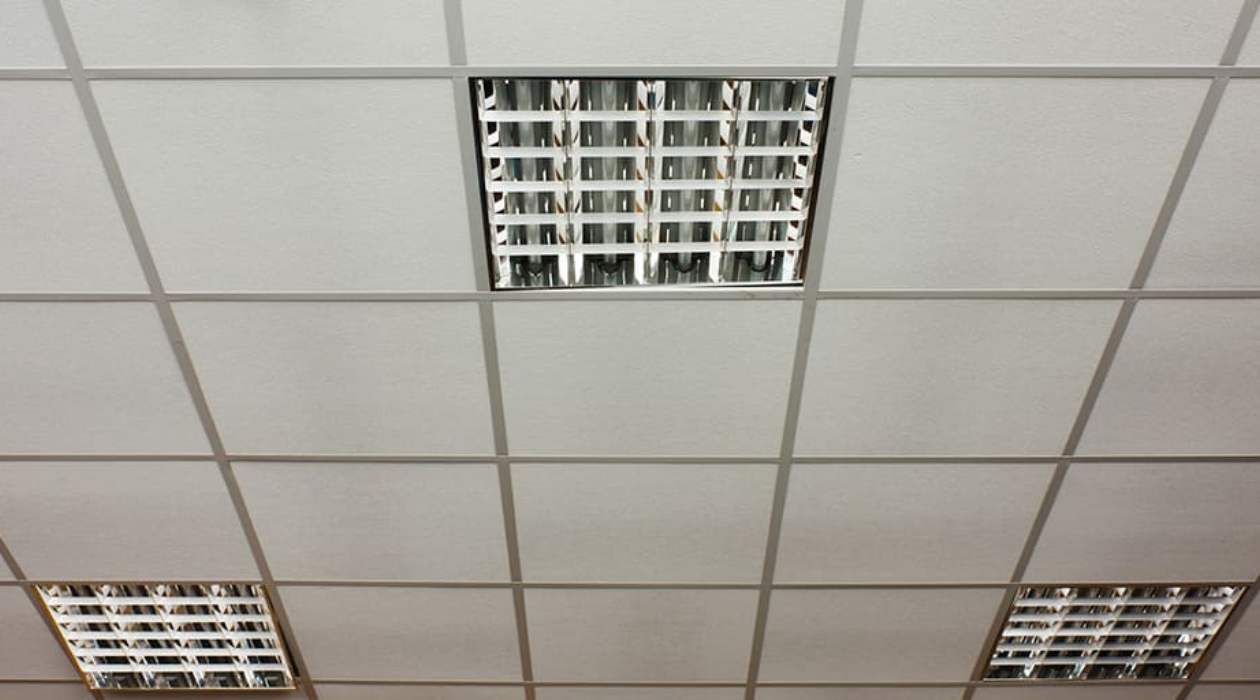
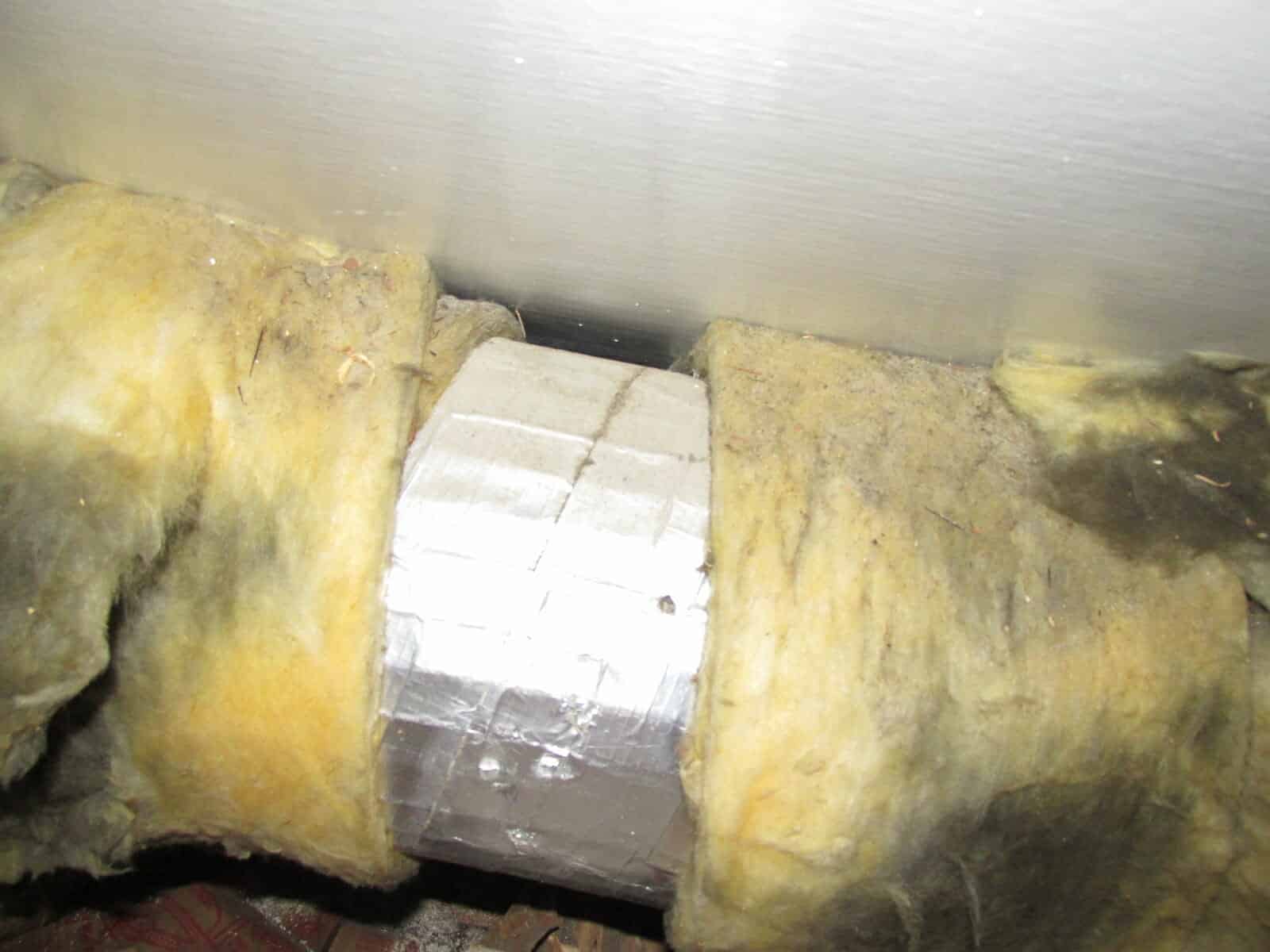
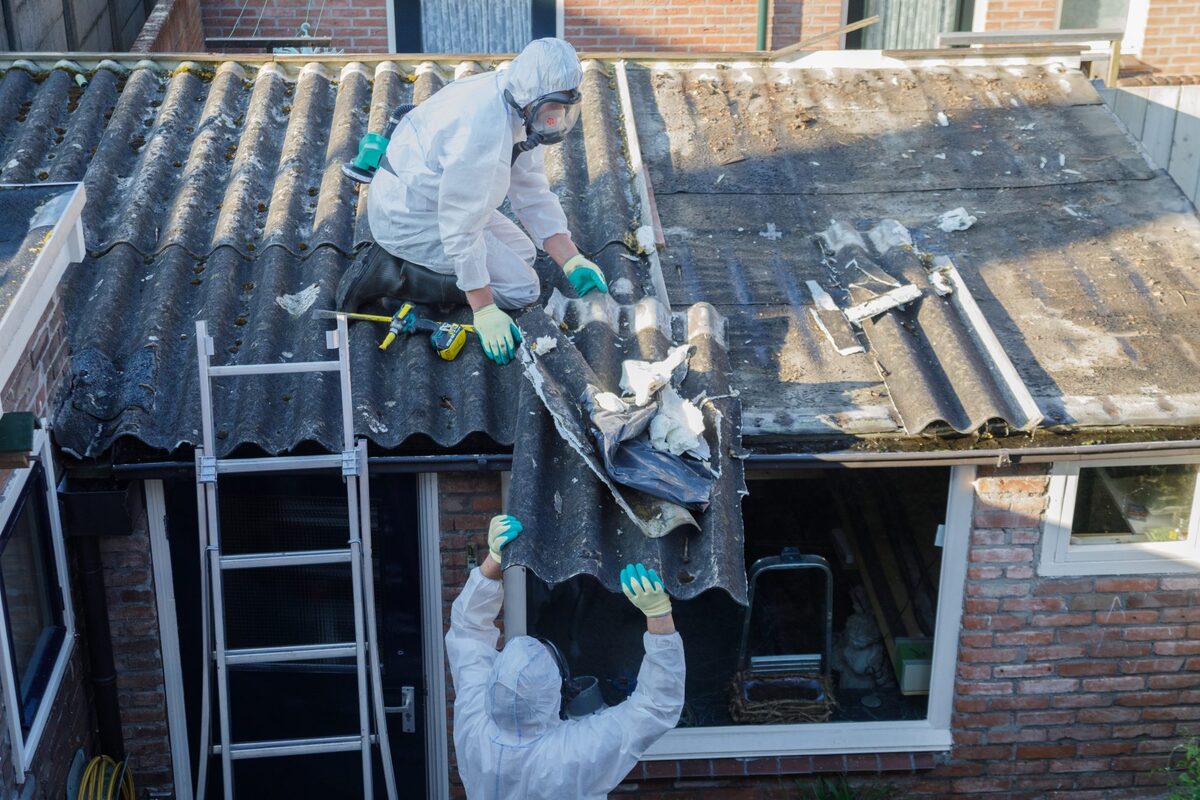


0 thoughts on “How To Deal With Asbestos Siding”